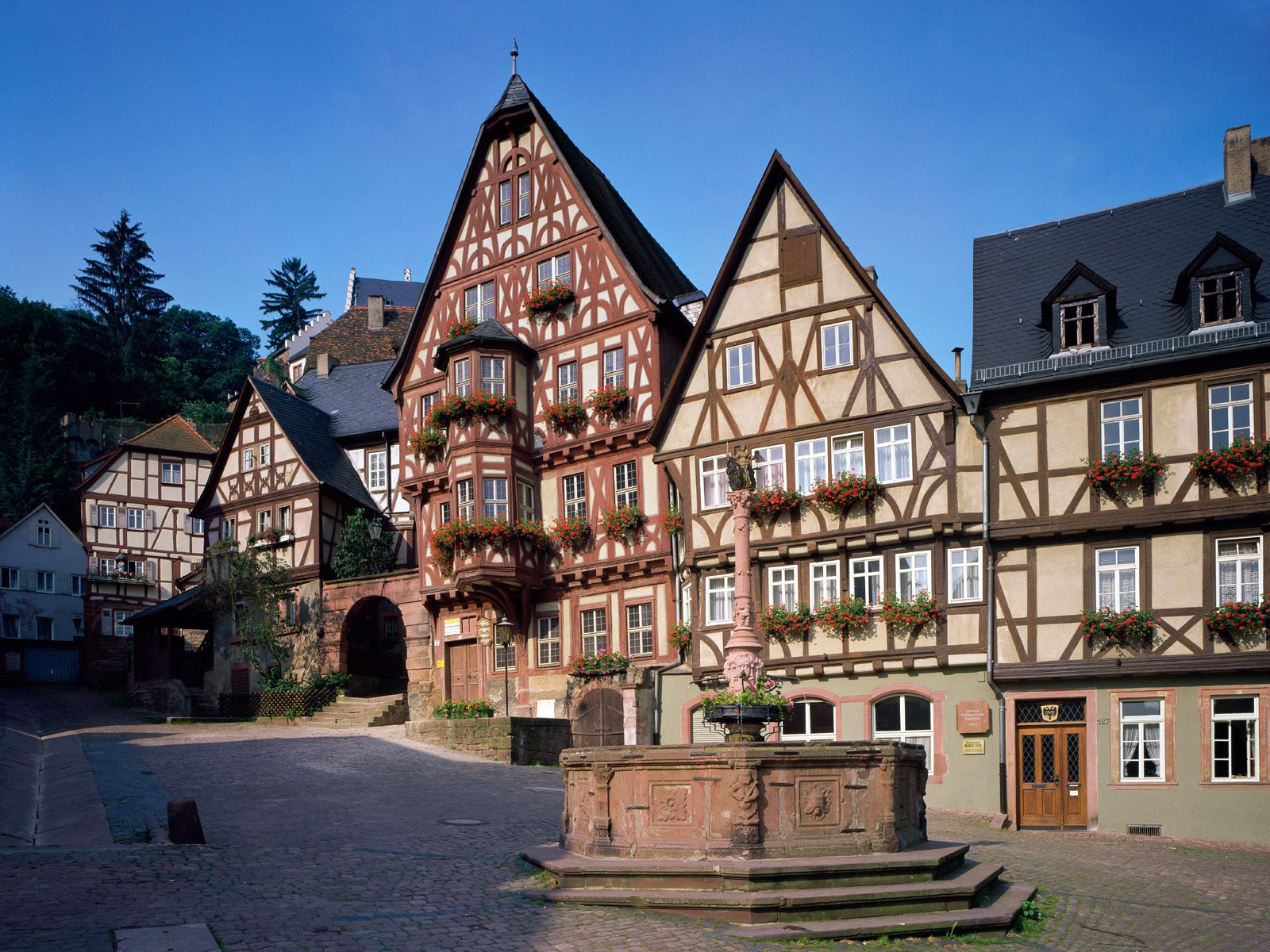Global Travel Information
Amazon Rainforest Reserves, Brazil
The Amazon Rainforest Reserves: Brazil’s Natural Treasures
The Amazon Rainforest, often referred to as the "lungs of the Earth," is one of the most biodiverse and ecologically significant regions on the planet. Covering approximately 5.5 million square kilometers, the Amazon spans nine countries, with Brazil hosting the largest portion—nearly 60% of the total forest. Within Brazil, the Amazon Rainforest Reserves serve as vital protected areas, safeguarding countless species, indigenous cultures, and critical ecosystem services. These reserves are not only a cornerstone of global conservation efforts but also a testament to the delicate balance between human activity and nature.
The Importance of the Amazon Rainforest Reserves
The Amazon Rainforest Reserves in Brazil are crucial for several reasons. First, they harbor unparalleled biodiversity. Scientists estimate that the Amazon is home to around 10% of the world’s known species, including iconic animals like jaguars, macaws, and pink river dolphins, as well as thousands of plant species found nowhere else on Earth. The reserves act as sanctuaries for these species, many of which are threatened by deforestation and climate change.
Second, the Amazon plays a critical role in regulating the global climate. The forest absorbs vast amounts of carbon dioxide, helping to mitigate climate change. The reserves ensure that large tracts of forest remain intact, preserving their carbon sequestration capabilities. Additionally, the Amazon influences rainfall patterns across South America and beyond, making its preservation essential for agricultural and water security.

Finally, the reserves protect the rights and traditions of indigenous communities. Over 400 indigenous groups live in the Brazilian Amazon, many of whom depend on the forest for their livelihoods, medicine, and cultural identity. Reserves such as the Xingu Indigenous Park and the Kayapó Indigenous Territory provide these communities with legal protection against land encroachment and exploitation.
Key Amazon Rainforest Reserves in Brazil
Brazil has established numerous protected areas within the Amazon, ranging from national parks to sustainable-use reserves. Some of the most notable include:
-
Jau National Park – One of the largest forest reserves in South America, Jau National Park spans over 2.2 million hectares. It is a UNESCO World Heritage Site and a hotspot for scientific research due to its pristine ecosystems.
-
Tumucumaque Mountains National Park – Located in the northern Amazon, this park is the world’s largest tropical forest national park, covering 3.8 million hectares. Its remote location has helped preserve its untouched landscapes.
-
Mamirauá Sustainable Development Reserve – A pioneer in community-based conservation, Mamirauá allows sustainable resource use by local populations while protecting endangered species like the Amazonian manatee.
-
Xingu Indigenous Park – Established in 1961, this reserve safeguards 16 indigenous tribes and their ancestral lands, serving as a model for indigenous-led conservation.
Threats to the Amazon Rainforest Reserves
Despite their protected status, the Amazon Rainforest Reserves face numerous threats:
- Deforestation – Illegal logging, agriculture, and cattle ranching continue to encroach on protected areas. Between 2020 and 2022, deforestation rates in the Brazilian Amazon reached a 15-year high, driven by weakened environmental enforcement.
- Mining and Infrastructure Projects – Large-scale mining operations and road construction fragment habitats and pollute rivers, affecting both wildlife and indigenous communities.
- Climate Change – Rising temperatures and prolonged droughts increase the risk of forest fires, which can devastate even the most well-protected reserves.
- Political Instability – Changes in government policies have sometimes led to reduced funding for conservation agencies and the rollback of environmental protections.
Conservation Efforts and Future Prospects
Efforts to protect the Amazon Rainforest Reserves involve a combination of government action, international cooperation, and grassroots activism. Brazil’s environmental agency, ICMBio, oversees many of the reserves, while NGOs like the Amazon Environmental Research Institute (IPAM) and WWF-Brazil work on reforestation and sustainable development projects.
Indigenous-led conservation has also gained recognition as one of the most effective strategies. Studies show that indigenous-managed lands have lower deforestation rates than other protected areas. Empowering local communities with land rights and resources is key to long-term preservation.
International support is equally critical. The Amazon Fund, financed by countries like Norway and Germany, provides financial incentives for reducing deforestation. Global awareness campaigns, such as those led by environmental activists, also pressure governments and corporations to adopt sustainable practices.
Conclusion
The Amazon Rainforest Reserves in Brazil are irreplaceable assets for biodiversity, climate stability, and cultural heritage. While they face immense challenges, coordinated conservation efforts offer hope for their survival. Protecting these reserves is not just Brazil’s responsibility—it is a global imperative. Without decisive action, the world risks losing one of its greatest natural wonders, with consequences that would reverberate far beyond the Amazon’s borders.
The future of the Amazon depends on balancing economic development with ecological preservation, ensuring that its treasures endure for generations to come.
相关文章
- Elbe River Guide: Top Scenic Spots to Visit in 2025
- Best Time to Visit Elbe River: Seasonal Tips for Travelers
- Elbe River Cruise Routes: From Hamburg to Dresden
- Elbe River Hiking Trails: Scenic Paths Along the Waterway
- Elbe River Length & Source: Key Geographic Facts
- Cities Along Elbe River: Must-See Destinations in Germany
- Elbe River Historical Significance: Key Events Through Time
- Elbe River Water Level Today: Real-Time Updates for Boaters
- Elbe River Cycling Routes: Explore by Bike This Year
- Elbe River Wildlife Watching: Where to Spot Birds & Animals
发表评论
评论列表
- 这篇文章还没有收到评论,赶紧来抢沙发吧~

